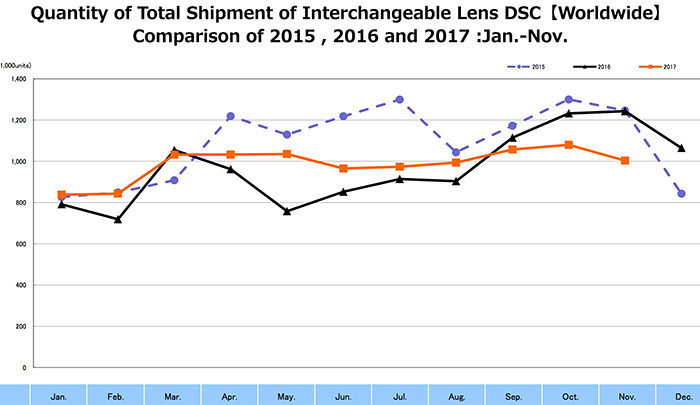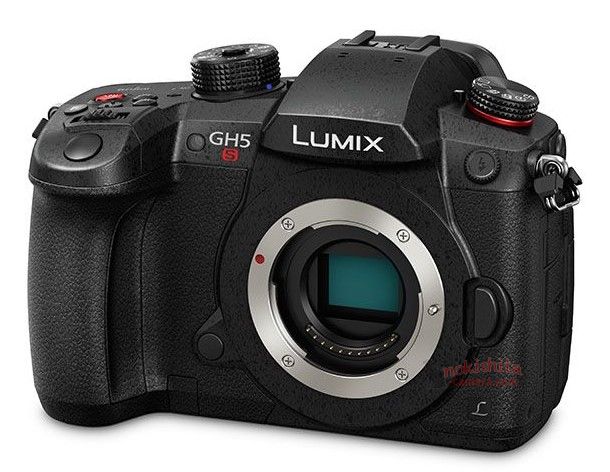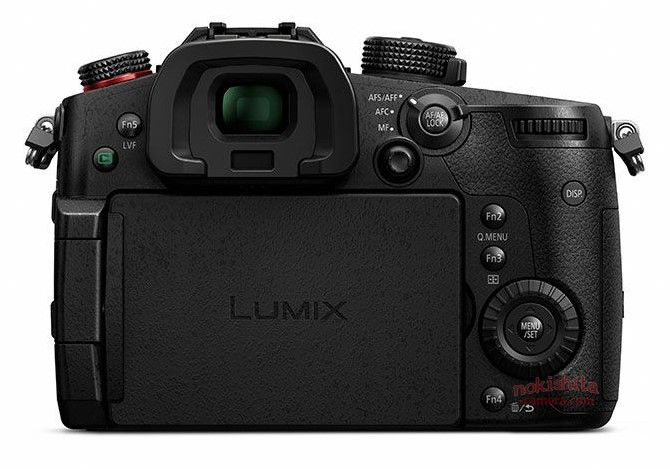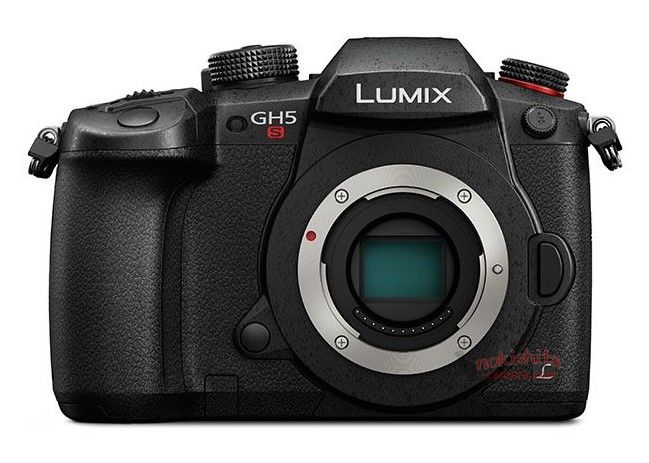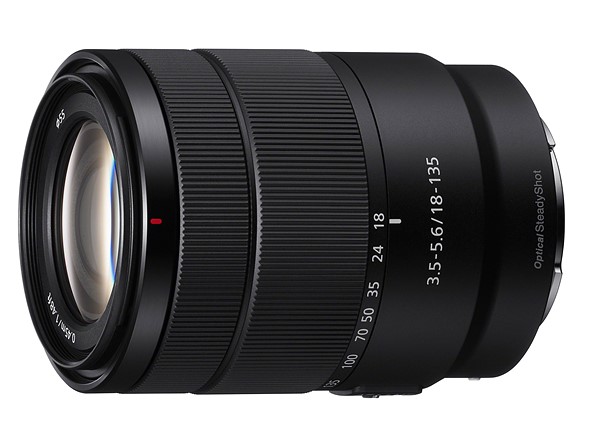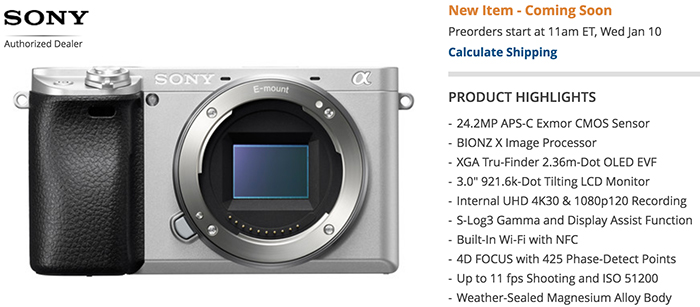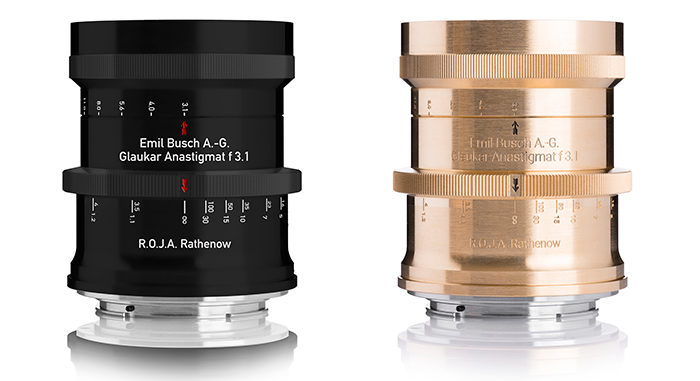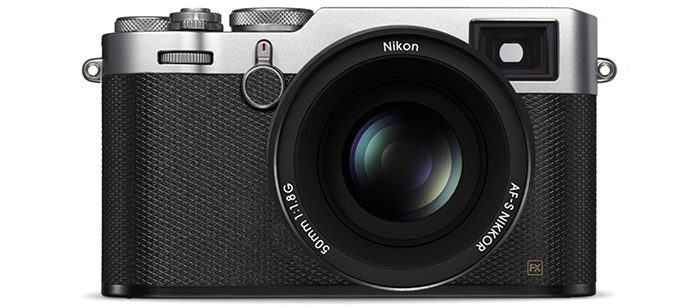Time to think outside the camera box, Canon chief argues

In an interview with Nikkei Canon boss Fujio Mitarai said that it’s time for Canon to think outside the box. And he is very honest when he states this:
Our primary management goal this year is to raise our antennas high toward cutting-edge technology. It is on this point where we lag behind other companies.
I hope this means that the years of boring incremental updates are over.
